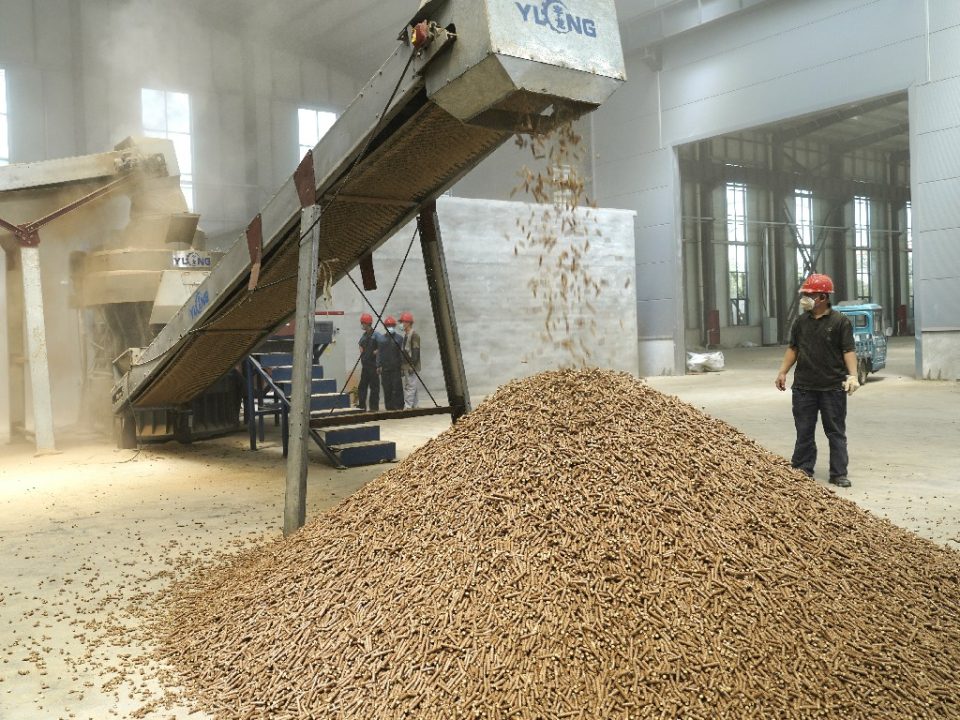-
Appearance
Peanut shell pellet fuel has a cylindrical shape with a glossy surface that is slightly lustrous. Its density is greater than 1, and its color is grayish yellow. The pellets have an outside diameter of 6-9 mm and a length of 10-36 mm, with varying unit mass. The calorific value refers to the heat released when the fuel is completely burned. -
High Combustion Efficiency
The high density of peanut shell pellet fuel contributes to its high combustion efficiency. When burned, the central temperature can reach over 1100 degrees Celsius. The calorific value per kilogram can range from 3700 to 4000 kcal, with a density of 1.1 tons per cubic meter. Compared to coal and oil, peanut shell pellet fuel also demonstrates unique advantages. -
High Fire Power and Low Residual Ash
Peanut shell pellet fuel does not deform or scatter during combustion, making it easy to burn. Due to the high-pressure forming process, the pellets are dense, which enhances their resistance to combustion and increases their fire power and temperature. With proper air distribution and adequate oxygen supply, secondary combustion can be achieved, resulting in no pollution and high combustion efficiency. This makes peanut shell pellet fuel an ideal clean energy source. -
Clean and Environmentally Friendly
Peanut shell pellet fuel is clean and environmentally friendly, with minimal pollution. Using this fuel is an effective way to improve air quality and mitigate the greenhouse effect. -
Convenient Transportation and Easy Storage
Since peanut shells are processed into pellets, their volume is compressed by nearly nine times, making them smaller in size. This compression makes transportation and storage more convenient, significantly reducing associated costs.
- Yulong Proveg
- +917073642737
- provegengineering@gmail.com




